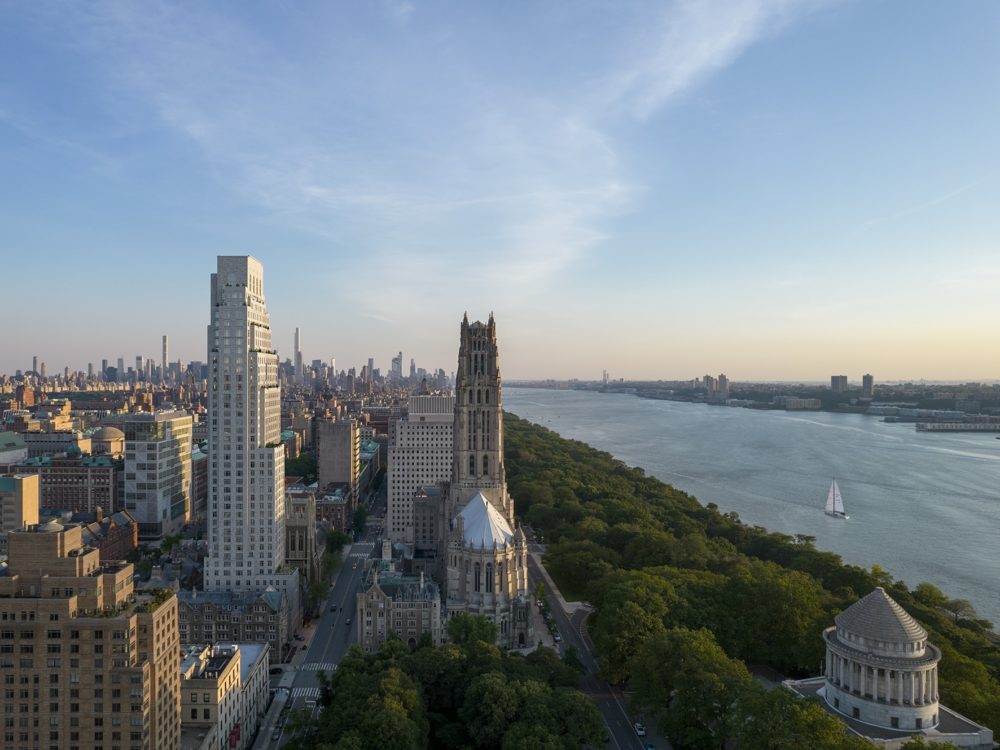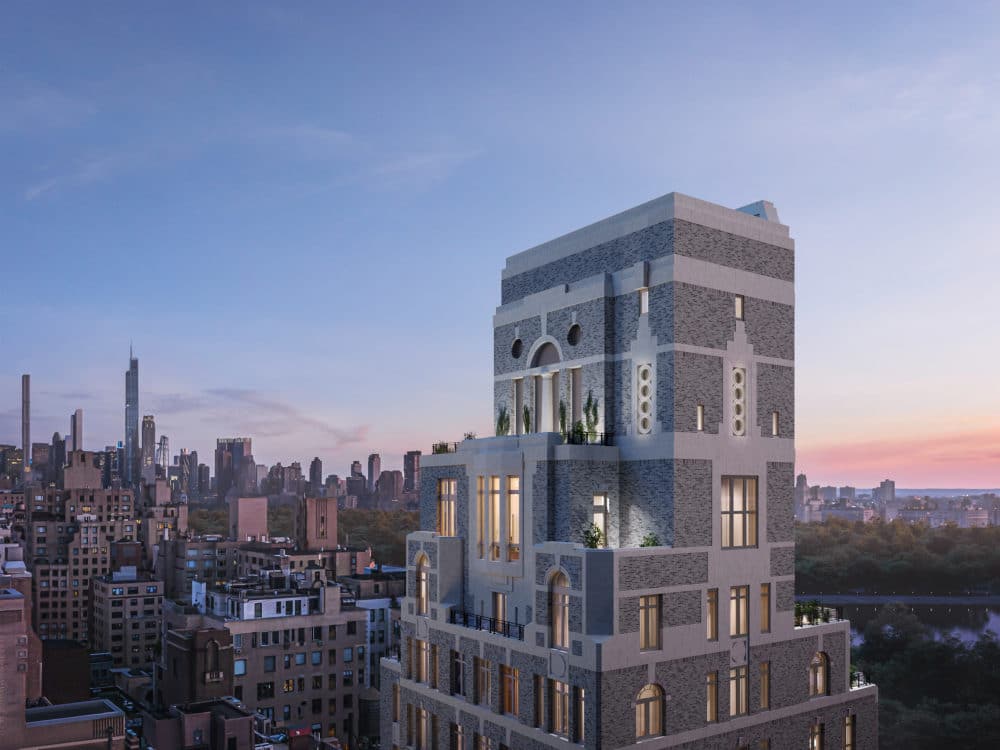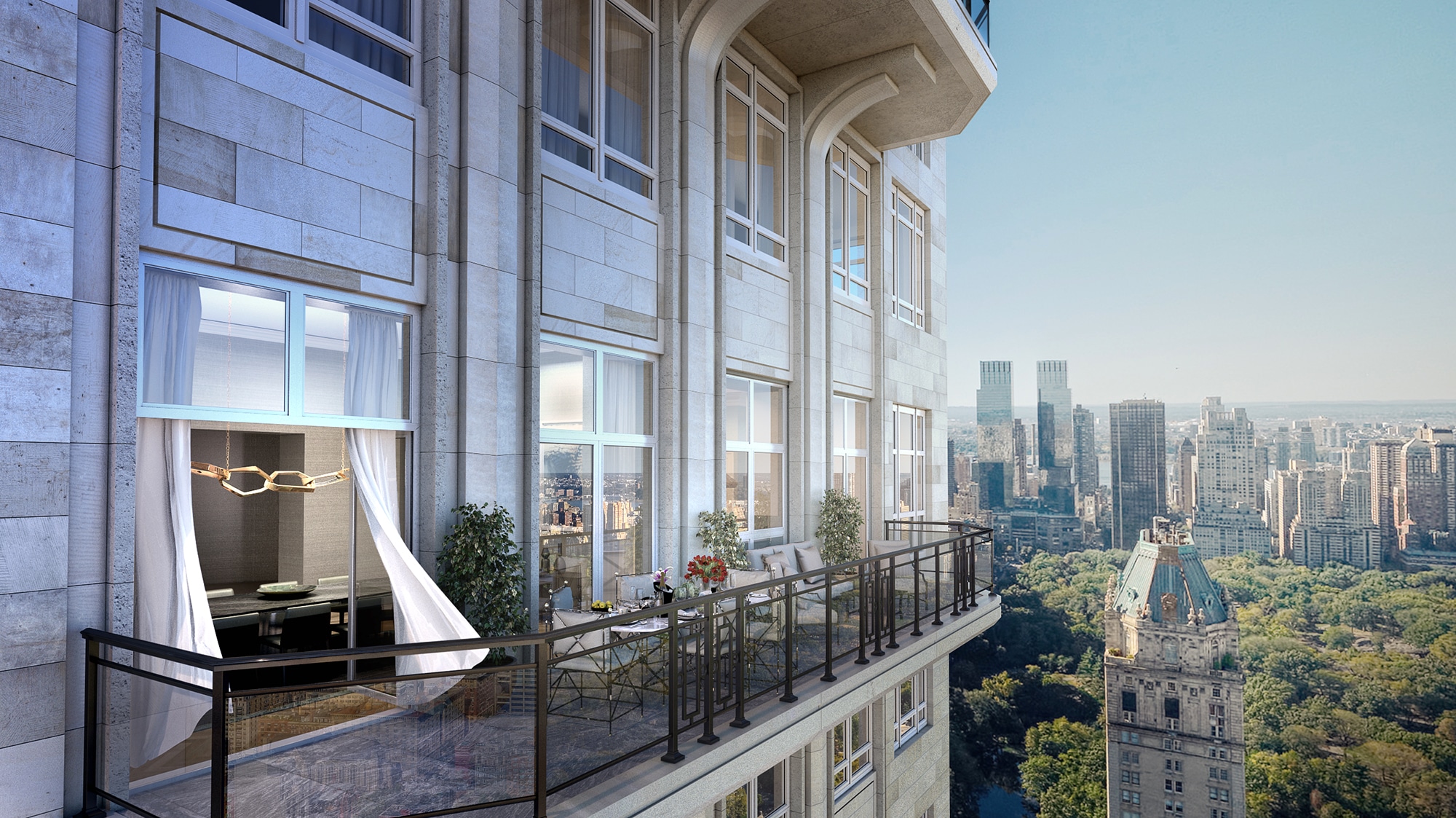Robert A.M. Stern: The Architectural Firm Melding Past with Present
By: Will Noble
The practitioners at Robert A.M. Stern Architects (RAMSA) are cover stars of Architectural Digest many times over and the visionaries behind some of the world’s most striking and critically acclaimed residential developments. At the heart of the esteemed firm’s mantra is iconic, forward-looking design, twinned with a tangible appreciation for the past.
 Photo Credit: Rendering by Grain London
Photo Credit: Rendering by Grain London
“You cannot not know history”
Born in Brooklyn in 1939, Robert A.M. Stern studied his master’s in architecture at Yale, where he would gaze out of the windows and swoon over James Gamble Rogers’s Collegiate Gothic campus. These stone and brick masterpieces had a great impact on the young architect, who was also mentored by the modern/postmodern architect Philip Johnson. It was Johnson who once said, “You cannot not know history,” and Stern clearly took this to heart; since establishing his practice in 1969, he has helmed many designs that have incorporated the materials and forms of the past. As Stern humbly puts it, “I’m just a modern architect who knows about classicism and traditional forms.”
The modern NYC doffs its cap to the old
It’s in Stern’s hometown of New York City that you’ll find some of RAMSA’s finest residential work. The 41-story Claremont Hall evokes the Gothic arched windows of the neighboring century-old Union Theological Seminary campus. The industrial-styled redbrick—with oversized windows, limestone base, stringcourses, and cornices—of the Superior Ink building is a tribute to Greenwich Village’s former factories.
RAMSA doesn’t always start from scratch; the practice sometimes works as a conservator, bringing a building back to spectacular life. Such is the case with The Belnord—the elegantly Italianate prewar apartment buildings on the Upper West Side. Here, the palazzo-style courtyard is beautifully conserved, while apartment layouts are opened up, allowing the space and airiness demanded by contemporary residents.
 Photo Credit: Photo by Nicole Franzen
Photo Credit: Photo by Nicole Franzen
Speaking of apartments, an architect’s vision is only as sound as the interior designers they collaborate with, and RAMSA has a record of working with some of the finest in the business. Take 1228 Madison Avenue, whose richly detailed classical exterior is complemented by Kelly Behun’s Calacatta Estremoz tabletops and graceful chandeliers—yet given contemporary flourishes like open-aspect kitchens and bathrooms that open onto private terraces.
Reaching for the sky
As a young boy, Robert A.M. Stern found the view of the Manhattan skyline from the Brooklyn subway train “one of the most remarkable things imaginable.” As an architectural practice, RAMSA feels a responsibility to retain this pose and elegance of yore while keeping pace with the lofty ambitions of modern scrapers. 30 Park Place, completed in 2016, has one of those “creamy limestone-clad facades that evoke a sense of glamour and timelessness,” as praised by Architectural Digest. Yet, while its early 20th-century-style refinement is clearly inspired by neighbors like The Woolworth Tower Residences (built in 1913), its slim 82-story build has more in common with the “skinny” skyscrapers of now.
520 Park Avenue is another residential RAMSA creation that vies for attention on Manhattan’s skyline. It soars 781 feet into the ether, making it the city’s 36th-tallest building, and yet this is executed with the practice’s trademark new classicism. While residents enjoy amenities like a fitness center with pool, a wine cellar, and a children’s playroom, a casual passerby might be excused for thinking they were looking at a 100-year-old slice of New York’s heritage. Then again, as Stern himself once slyly quipped, “Buildings should not look like Lady Gaga.”















